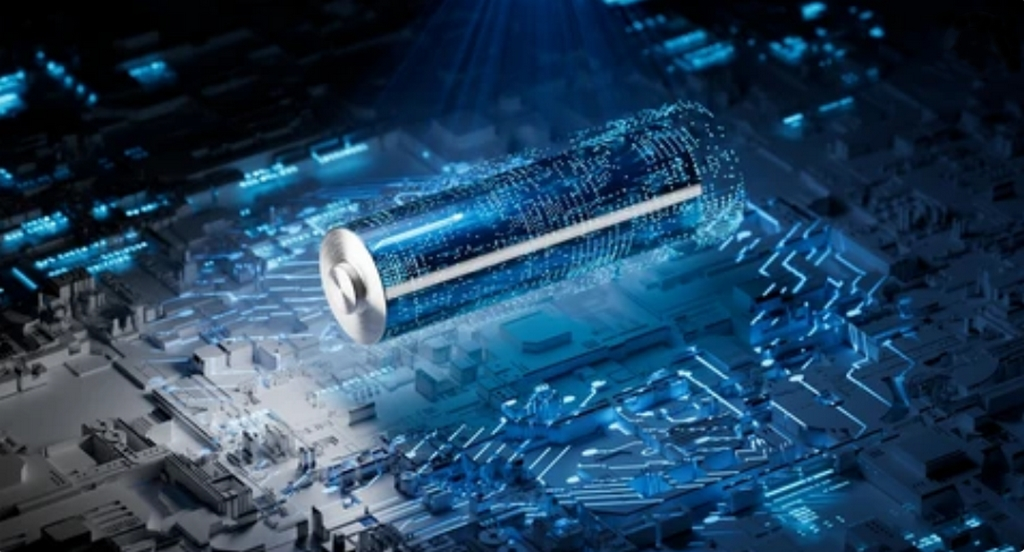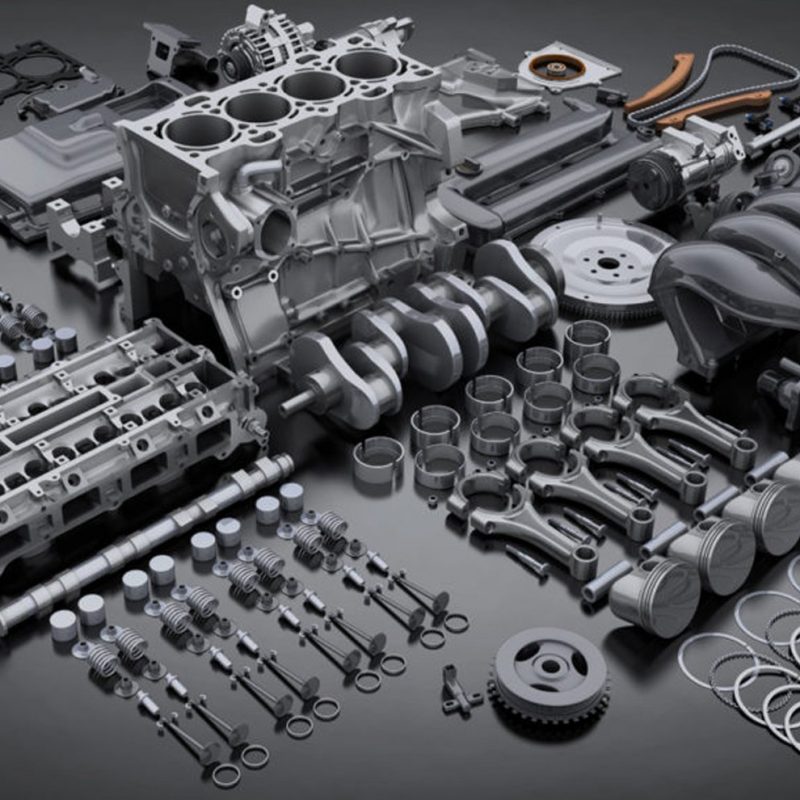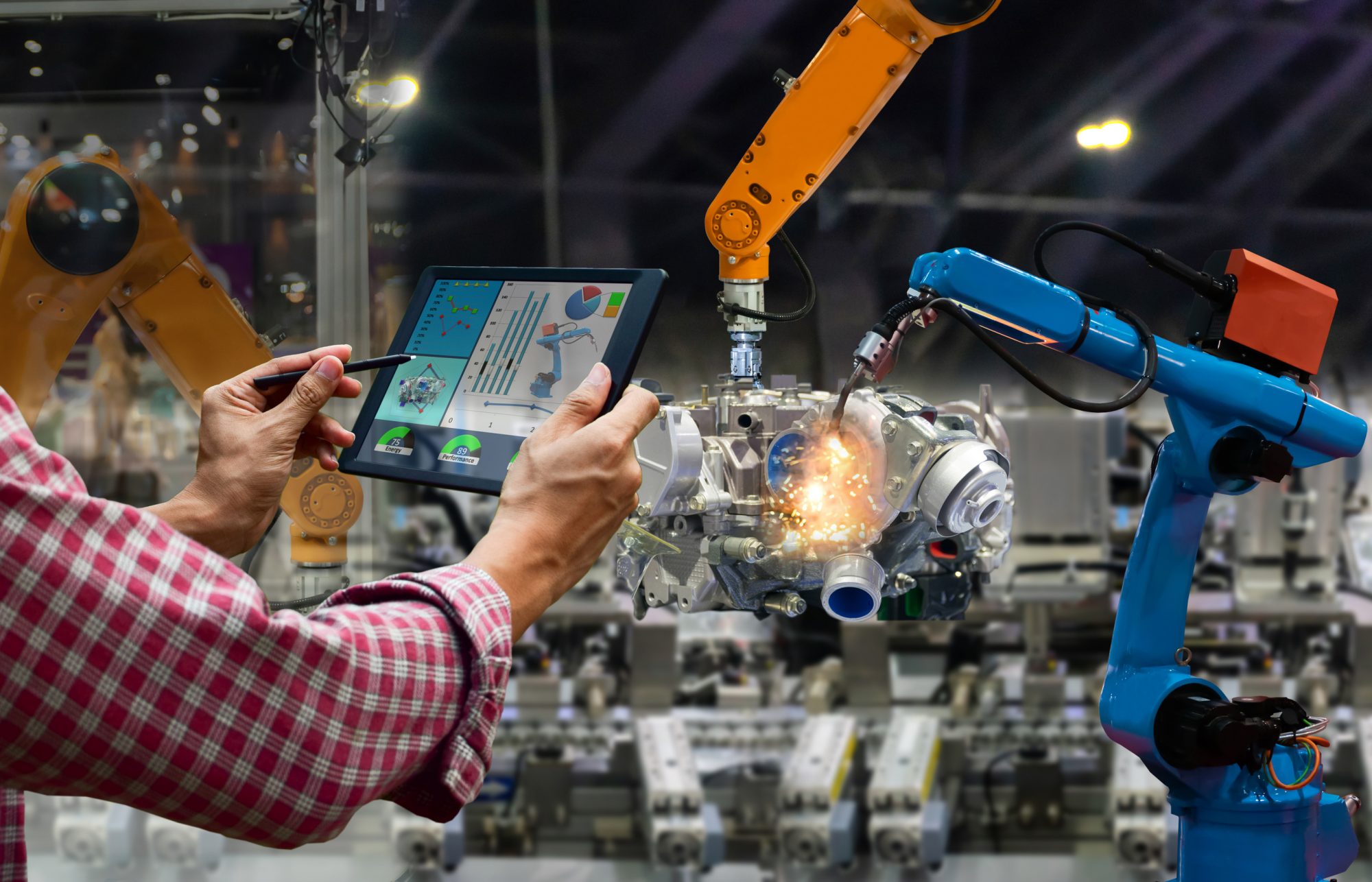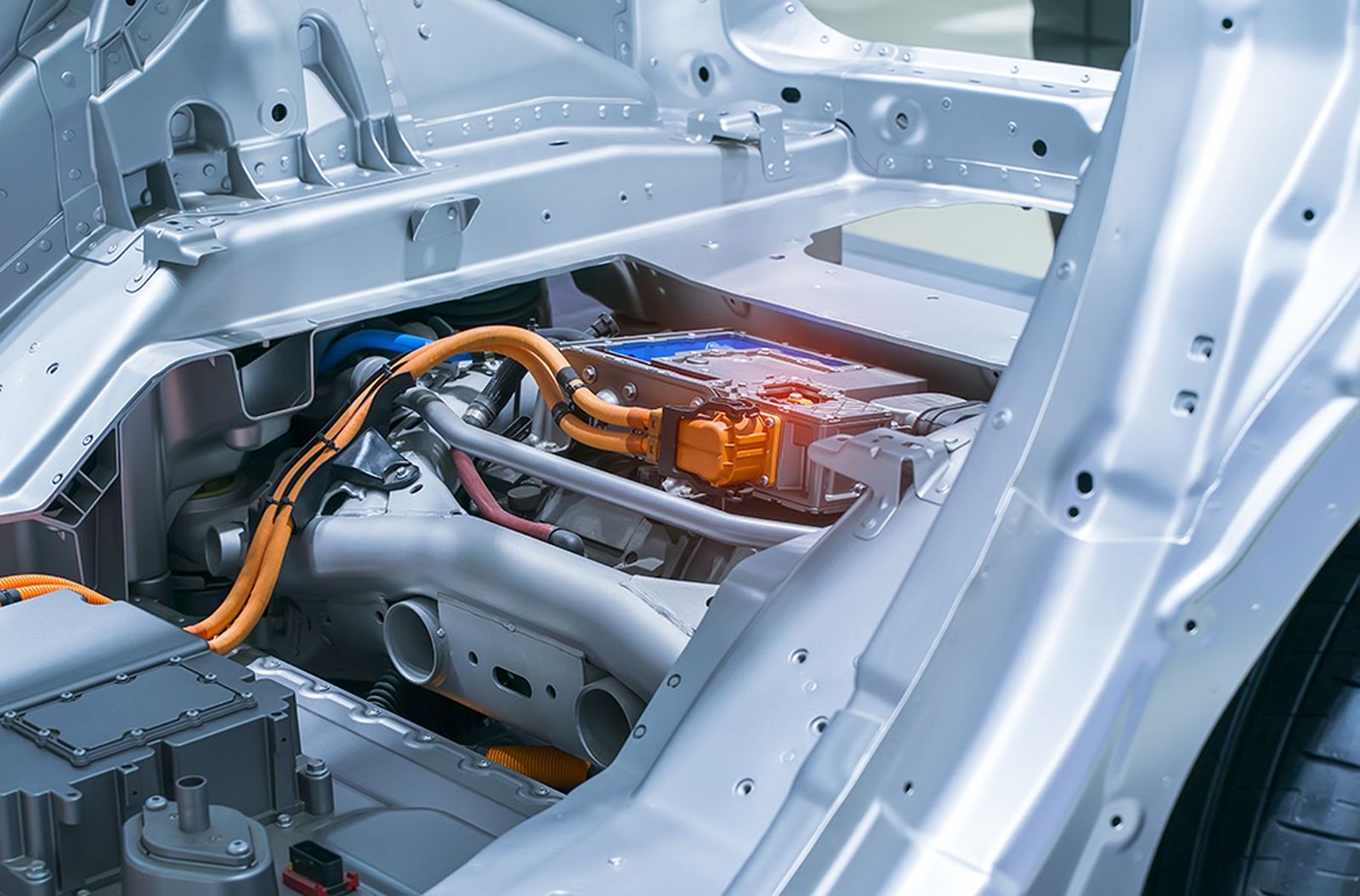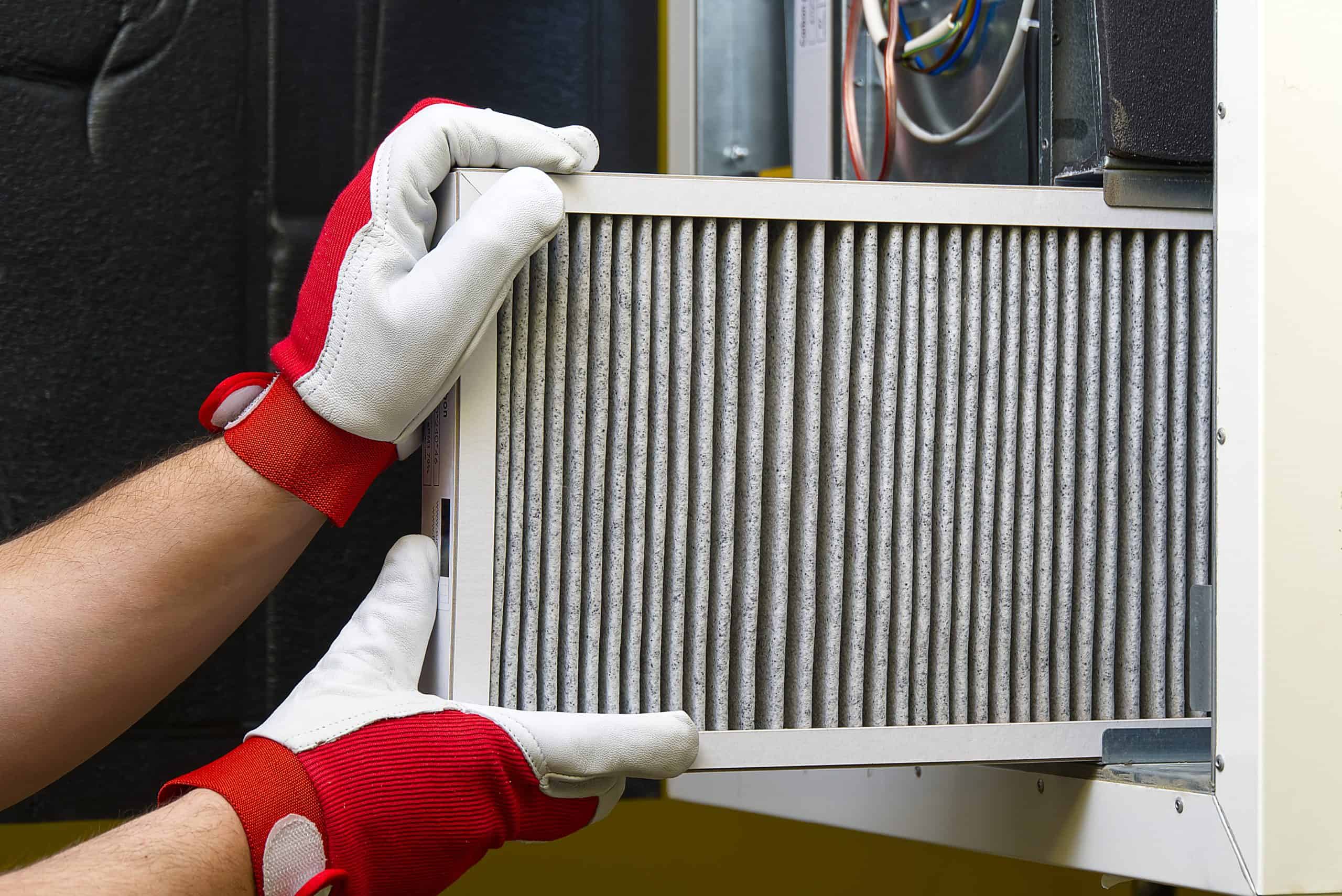The History of the Automobile: From Horse-Drawn Carriages to Self-Driving Cars
The History of the Automobile: From Horse-Drawn Carriages to Self-Driving Cars
I. Introduction
A. Brief overview of the history of the automobile
The history of the automobile can be traced back to the early 19th century, when inventors first began experimenting with powered vehicles. These early vehicles were primarily steam-powered, and were not practical for everyday use. It wasn’t until the invention of the internal combustion engine in the late 1800s that the automobile as we know it today began to take shape.
II. The Early Years: Horse-Drawn Carriages
A. Evolution of horse-drawn transportation For centuries, horse-drawn carriages were the primary means of transportation for people and goods.
These carriages were often expensive and only available to the wealthy, and were not able to travel long distances quickly.
B. Development of the first automobiles In the early 19th century, inventors began experimenting with powered vehicles that could replace horse-drawn carriages. The first automobiles were steam-powered, and were not practical for everyday use. The invention of the internal combustion engine in the late 1800s marked a major turning point in the history of the automobile. This new type of engine was much more efficient and reliable than steam power, and made it possible for automobiles to be mass-produced and affordable for the general public.
III. The Rise of the Automobile Industry
A. Advancements in technology and design The automobile industry rapidly evolved in the early 20th century, with advancements in technology and design making cars more reliable, efficient, and affordable. The assembly line, invented by Henry Ford, revolutionized the way cars were produced and brought the cost of automobiles down significantly.
B. Impact on society and economy The rise of the automobile industry had a profound impact on society and the economy. Cars allowed people to travel further and faster than ever before, which led to the growth of suburbs and the decline of the streetcar. Cars also changed the way goods were transported, making it possible for businesses to expand their reach and for farmers to bring their products to market more easily.
C. Key figures and companies in the industry Some key figures and companies in the early automobile industry include Henry Ford, who revolutionized the way cars were produced with his assembly line, and Ransom Olds, who was one of the first to mass-produce cars. Other notable companies include General Motors, which was founded in 1908 and quickly grew to become one of the largest automobile manufacturers in the world, and Chrysler, which was founded in 1925 and also became a major player in the industry.
IV. The Modern Era: Self-Driving Cars
A. Overview of current technology and development In recent years, there has been a significant push towards the development of self-driving cars. These cars use a combination of sensors, cameras, and artificial intelligence to navigate and make driving decisions. Many major car companies and tech giants, such as Tesla and Google, are investing heavily in this technology.
B. Implications for the future of transportation Self-driving cars have the potential to greatly improve safety, reduce traffic congestion, and make transportation more accessible for people who are unable to drive. However, there are also concerns about job loss and the need for new regulations and infrastructure.
C. Ethical and regulatory concerns As self-driving cars become more prevalent, there are also ethical and regulatory concerns that need to be addressed. For example, how should self-driving cars make decisions in life-or-death situations? And what kind of regulations are needed to ensure the safety and privacy of passengers and other road users?


